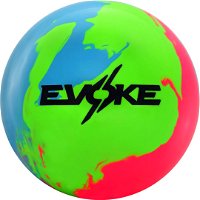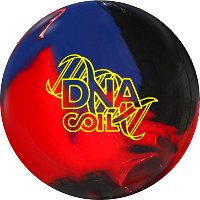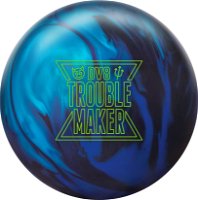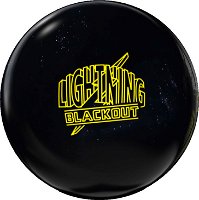Coupon excludes instant bonus items, hot deal items, and gift certificates.
Lane Surfaces and Oil Types/Patterns
Lane Surfaces and Oil Types/Patterns

First, we are going to start by looking at bowling lane surfaces. There are basically two different lane surfaces out there, Wood and Synthetic. We will look at both of these surface types, and how they both offer different finishes.
Wood Lanes
Wood with Water Based Lane Finish
This type of lane surface is very soft and will have a lot of friction, making any bowling ball read earlier than intended.
Wood with Epoxy Urethane Lane Finish
Normally this type of lane surface is just a bit harder than water based finish, but will still have a lot of friction again making the bowling ball read earlier than intended.
Wood Overlays
There is Guardian and Lane Shield, basically both do the same thing. They are film overlays that go on wood lanes to help make lanes last a bit longer without resurfacing. Both offer the same reaction, a lot of friction with early back ends.
The tough thing about wood lanes is, because there is more friction due to a soft surface, the shot ends up changing faster. With today's equipment available, the shot tends to breakdown instead of carry down, which means moving farther left or right to get to where oil still is. Carry down happens when plastic or urethane balls are used. The rest of the equipment breaks down the pattern even that Pearl ball is absorbing oil.
Synthetic Lanes
Brunswick Pro-Anvilane
This lane surface tends to be the most popular surface put in bowling centers today. It is the hardest surface, which means less friction causing the shot to hold up longer. You can use more aggressive equipment on this surface without the ball rolling to early (depends on the shot). These lanes also have the 4 range finders on the back-ends located on the 10th and 15th boards.
AMF HPL
This is the second most popular synthetic lane surface. HPL is a bit softer than the Pro-Anvilane, which means, more friction, more back-ends, and the shot changes faster. HPL is still harder than wood lanes.
Softest to hardest surface goes like this:
Wood, Guardian/Lane Shield, HPL, and Pro-Anvilane. A softer surface makes the ball roll earlier, and a harder surface makes the ball go longer before hooking(again depends on the shot).
Now, let's look at oil types/patterns, and some of the terminology that goes with it.
Oil Types / Patterns
Viscosity determines how thick or thin the oil is.
Lubricity is the measure of the reduction in friction of a lubricant.
Lane Carry Down is when the oil gets pushed down the lane causing the ball not to have as much back end due to the oil being down at the break-point.
Lane Breakdown is when the oil pattern starts evaporating or being absorbed by the bowling ball, thus causing the oil to disappear.
How to Play the Oil Pattern
Magic Number is 31?
Lets look at how long the pattern is, say we are bowling on a 41' shot, (MAGIC NUMBER IS 31), so take 41 minus 31 and you get 10. 10 will roughly be your break-point on that shot(Not always the case). So again if you are bowling on a 35' shot, minus 31, equals 4 which again will roughly be your break-point on that shot. The Magic Number of 31 is good just to get an idea of where the ball should be exiting the pattern or hitting the break-point.
Ratios
Another thing to look at for oil patterns is ratios. A 3.0 and lower are Sport Conditions(harder, less room for error). 3.1-4.9 are more of the Challenge Shots(still hard, but more room for error than sport shots). 5.0 and higher are your House/Recreational Shots(Easy, a lot of room for error).
Hopefully this has been a helpful start to understanding bowling lane surfaces and oil types/patterns. It is important to just enjoy the game of bowling, but remember there is always more to this sport than just tossing a round ball down the lane. As you can see, paying attention to the type of lanes you are bowling on are going to determine a lot of your needs before you even bowl. See if your mechanic or center will provide you with details of the shot on the lane to help get a better judgment on where to play and with what type of ball. Then let it fly!













